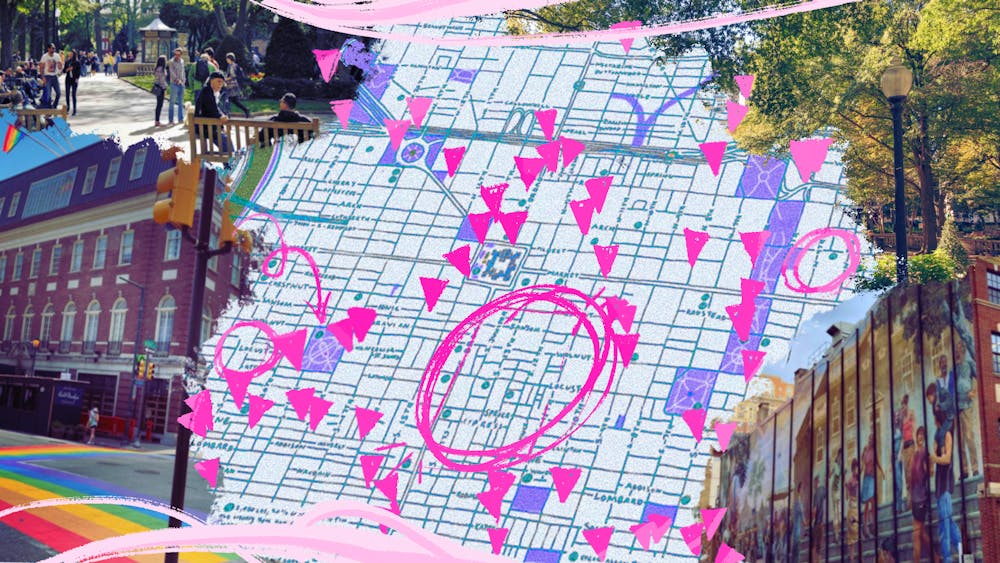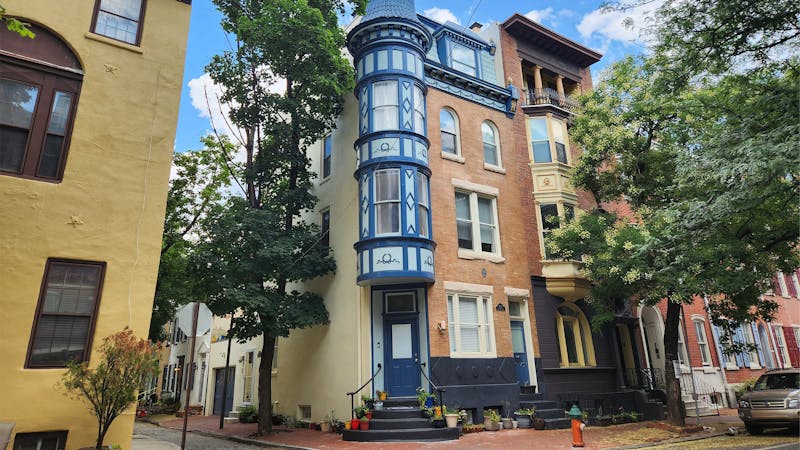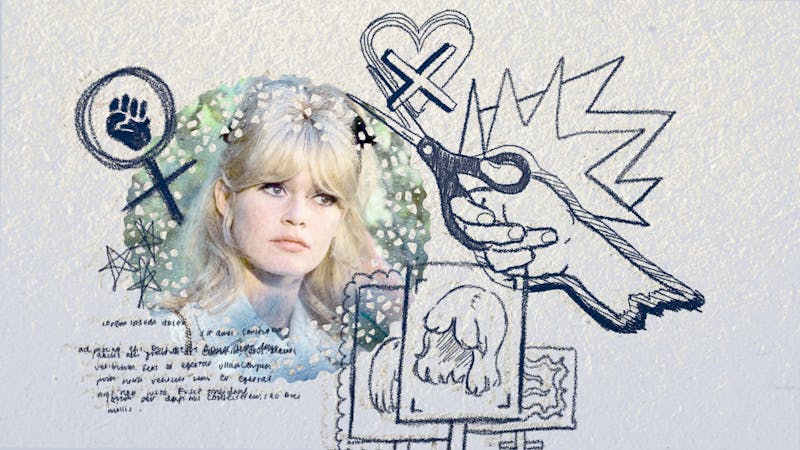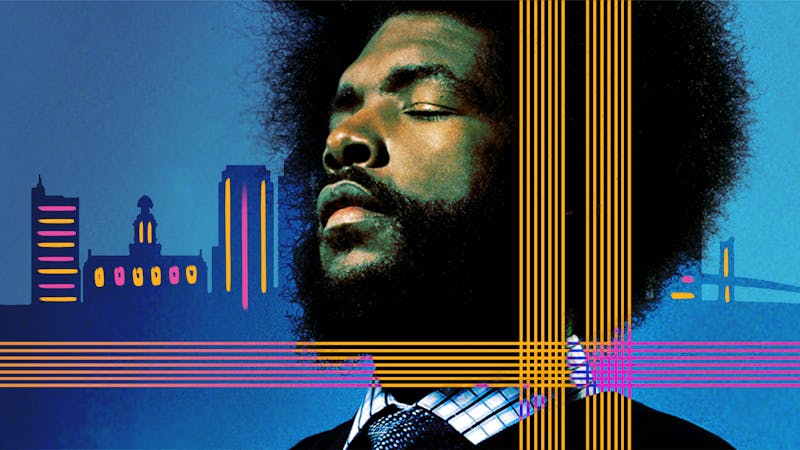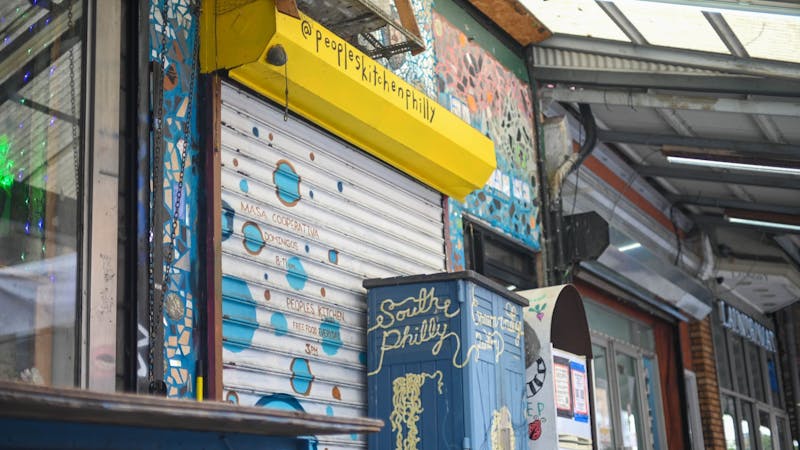Philadelphia is a historic city. Passersby could—unbeknownst to them—be stepping in the same place where George Washington once walked or Ben Franklin pondered electricity. We have landmarks to tie us to these moments of the past: the President’s House and Franklin Court. However, for a past that has been marginalized in the history books, it is often easy to walk by without notice. Bob Skiba has been working to change that, creating the Philadelphia LGBT Mapping Project, which documents various landmarks across Philadelphia that are central to LGBT history.
Skiba is the Curator of Collections at the John J. Wilcox, Jr. Archives at the William Way LGBT Community Center at 13th and Spruce. The Wilcox Archives are one of the largest LGBT archives in the country. Prior to coming to Philadelphia, Skiba attended Boston College and stayed in the area after graduating to work at the Boston Area Lesbian and Gay History Project. Through the project, he began hearing the stories of people that identified as gay and transgender as they recollected their life experiences between the 1930s and 1950s. His eyes opened to the world of LGBT history and never closed again.
“When I came out, there were gay bars everywhere; there were gay organizations. The gay organizations were just beginning, but I thought this is the way it had always been. Well, I discovered it hadn’t. America in the 1950s was a very, very different place,” Skiba said. “Gay people were said to be freaks and terrible words and sick, who crawled around in what they call this shadow world.”
By speaking to people about their experiences, he began getting deeply interested in queer culture and history. After several moves across the country, he eventually settled in Philadelphia in 2006. Soon after he moved, Skiba quickly began volunteering at the William Way Center. A friend recommended that he volunteer in the archives: the rest was (literally) history.
“So I started work on the newspapers … All you have to do is put them in order. And it took me a year because when you look at an LGBT publication from 50 years ago, you want to read it, cover to cover. Look at every picture and read every word, you even look at all the ads,” Skiba said. “So I thought that working in an archive with my history background and with my anal retentive nature was absolutely perfect.”
In 2014, the National Park Service (NPS) presented Skiba with an opportunity to flex his creative muscles beyond his categorizing work. The NPS wanted the William Way Center to launch a project to address undeserved history in their national parks. Skiba had an idea: a LGBT mapping project.
Originally, the NPS rejected the idea because New York was already doing a mapping project. Skiba pushed back and decided to create a better and bigger project, helping highlight the robust Philadelphia LGBT history that can often get lost, especially between New York and Washington D.C.
With the experience of the archives behind him, the task was natural to Skiba. Within a few weeks, he had already collected over 1,000 places for the project. Today, after 12 years of collection, the Google Maps collection has over 100,000 views and the Facebook platform has more than 1,000 followers. It covers every Philadelphia urban neighborhood, and cities in every direction from Philadelphia from Cape May to Atlantic City.
From doing tours in the city to running the mapping project, Skiba is well-informed and passionate about Philadelphia LGBT history, a history that is complex and often not well documented or well known.
Telling the history of queer Philadelphians “is essential to understand how they survived, under sometimes brutal conditions legislatively, culturally, and politically. It helps unify struggles across generations and allows for intergenerational advocacy and community building for a historical and current day mentorship,” said Eric Anglero, Director of the University of Pennsylvania LGBT Center. “Making 'invisible' stories become visible allow for a more informed and honest dialogue with the power and privilege struggles of the past.”
Queer history in Philadelphia is also very tied to specific geographic locations, a pattern that only underscores the importance of the Philadelphia LGBT mapping project. For example, Rittenhouse Square in the 30s and onward was an area where people from diverse backgrounds—ranging from businesspeople to teenagers in the suburbs—could all come and congregate. This area became a place where gay people felt comfortable there because they “could be lost in the crowd.” One of the most famous places in Philadelphia for the LGBT community is the Gayborhood: a neighborhood around Locust and 13th streets.
“Gays take the neighborhood that no one else wants, and they make it their own. And that's what happened in what's the core of the Gayborhood today,” said Skiba. “No one else wanted it, gays took it over, and made it themselves. They established gay bars and they lived on Locust Street and as far west as Rittenhouse Square, because no one else really wanted to live there.”
These spaces of community and togetherness were not representative of the entire history and struggle for queer individuals living in Philadelphia. From being fired from their jobs to being kicked out of their congregations to being arrested, queer people in Philadelphia, especially in the 50s and 60s, were not always accepted. However, they weren’t submissive to injustice.
Between New York City, Philadelphia and D.C., the gay people from three cities organized the first LGBT demonstrations at Independence Hall—a key landmark of LGBT history in Philadelphia—in 1965. Here in Philadelphia were the first organized, nationally annually recurring demonstrations for gay rights. By the second year, they called these “the annual reminder”—a reminder that not all Americans got the rights that were outlined in the Constitution in that very hall. The last demonstration was in 1969, a couple weeks after the Stonewall rebellion in New York City. The Stonewall rebellion was a series of demonstrations in response to the police raid of the Stonewall Inn, one of the most popular gay bars, in June of that year, which many historians point to as a turning point in queer history.
In response to Stonewall, LGBT leaders like Craig Rodwell and Ellen Brody met in Philadelphia to decide what to do next. They decided to do a demonstration and march in New York City, marking the first Gay Pride Parade in 1970. In Philadelphia in the 70s, many gay bars that were once run by the mob in the 50s and 60s started to be gay owned in the Gayborhood. By 80s, Skiba said, the police no longer raided the gay bars.
“That's a long change over 40 or 50 years here in Philadelphia, with the attitude from being absolutely anti queer to being totally supportive. But it took a lot of work,” said Skiba.
Today, Skiba continues to maintain the mapping project and tell the story of LGBT Philadelphia history. While the project is primarily him right now, he is working to find partners to help, including Temple students, to find a way to broaden the database and bring it to the next level. At its heart, the project has been community centric.
“I’ve answered people all the time–people contacting me with information that these things belong there. I like to think that [the mapping project] is growing and evolving all the time,” Skiba said.
Telling the story of a historically marginalized group is not a one-time job. The past is constantly being reinterpreted, reunderstood. “People and stories that tell queer/trans people that their identities and stories do not exist in a vacuum and they are possible because of the long and powerful history of the LGBTQ community,” said Anglero. The importance of the Philadelphia LGBT Mapping project comes not just from how it helps us understand things that have happened; it’s about understanding what things may happen as well.
“If we don’t understand the history of a place and we don’t understand how it’s being used today, we simply can’t plan the future,” said Skiba.
